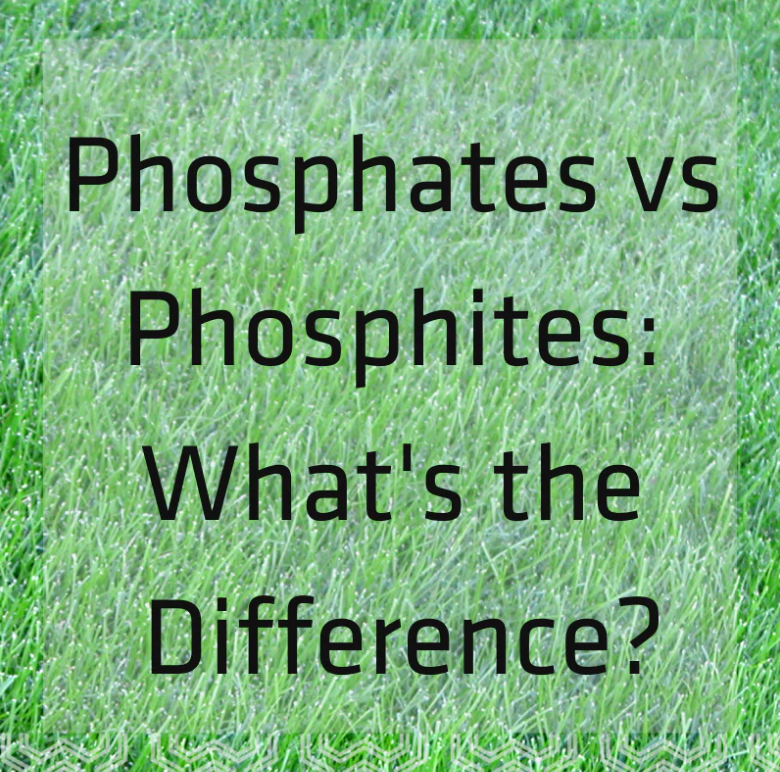
Exhibition time: 17-19 March, 2026 Shanghai, China
 中文
中文

Exhibition time: 17-19 March, 2026 Shanghai, China
 中文
中文

You don't have to be in the turf and ornamental markets for long to know what phosphates are. Phosphates are what deliver phosphorus to your plants. But have you ever heard of phophites? Not everyone has, or they're unsure what makes them different from phosphates.
Phosphates vs Phosphites: What's the Difference?
Phosphates are fertilizers. Simple right? It can be monopotassium phosphate,diammonium phosphate or even dipotassium phosphate. They are all fertilizers and made from phosphoric acid (H3PO4).
Phosphites are a completely different thing altogether. They're made from phosphorous acid (H3PO3), not phosphorus. Is it a fertilizer, a fungicide or something else? Well, that's where things get tricky.
Phosphates are necessary for plant growth and health.
Phosphorus is essential for plant cells. Without it, they can't produce new growth and will die as a result. Phosphate fertilizers are used to boost plant growth and as a supplement for nutrient-deficient soils.
Phosphites are not necessarily used as nutrients.
Phosphites are more traditionally used in fungicides, more specifically those used to treat downy mildew as well as root, crown and foot rot in some crops. This would classify phosphites more as inducers of Systemic Acquired Resistance (SAR) in plants and not a fertilizer.
What Do Phosphites Do?
There was a fantastic write-up about phosphites and what they do. A key study suggested that phosphites also show growth-stimulating properties, not only fungicidal properties:
As an example of the beneficial effect of phosphite on plants, a single prebloom foliar application of phosphite to ‘Valencia’ oranges in Florida significantly increased flower number, yield, and total soluble solids approximately 10 months later at harvest compared with an untreated control (Abrigo, 1999). California navel oranges receiving foliar applications of phosphite in May and again in July produced more commercially valuable large fruit without reducing total yield. These results suggest that the effect 2 from phosphite-based fertilizers was not due to the molecule’s fungicidal properties, but to other growth-stimulating properties.
Essentially, phosphites are beneficial to SAR in plants and help them to reduce or ignore the damaging effects of fungal diseases. Not only that, phosphites may have an effect on plant yield and promote healthy growth by binding with micronutrients.
Phosphites are not a substitute for phosphate fertilizers.
When used together, especially in a planned nitrogen program, phosphites benefit the use of phosphate fertilizers. They can benefit poorly rooted crops by locking in the phosphates around the roots, preventing fungal diseases from affecting weaker plants.
Want to learn more about phosphites? Check out this video posted by our own Kevin Leeper. It's short and sweet and goes over some benefits of Gravity L 38 Special. It's a highly soluble, liquid nutrient formulation to protect your plants against drought and other negative conditions.
Gravity L 38 Special contains a phosphite formulation to improve the plant's response to cold, drought, traffic and other stressors. It combines phosphite with a micronutrient formulation to help boost root strength, plant growth and more.
From:heritageppg.com